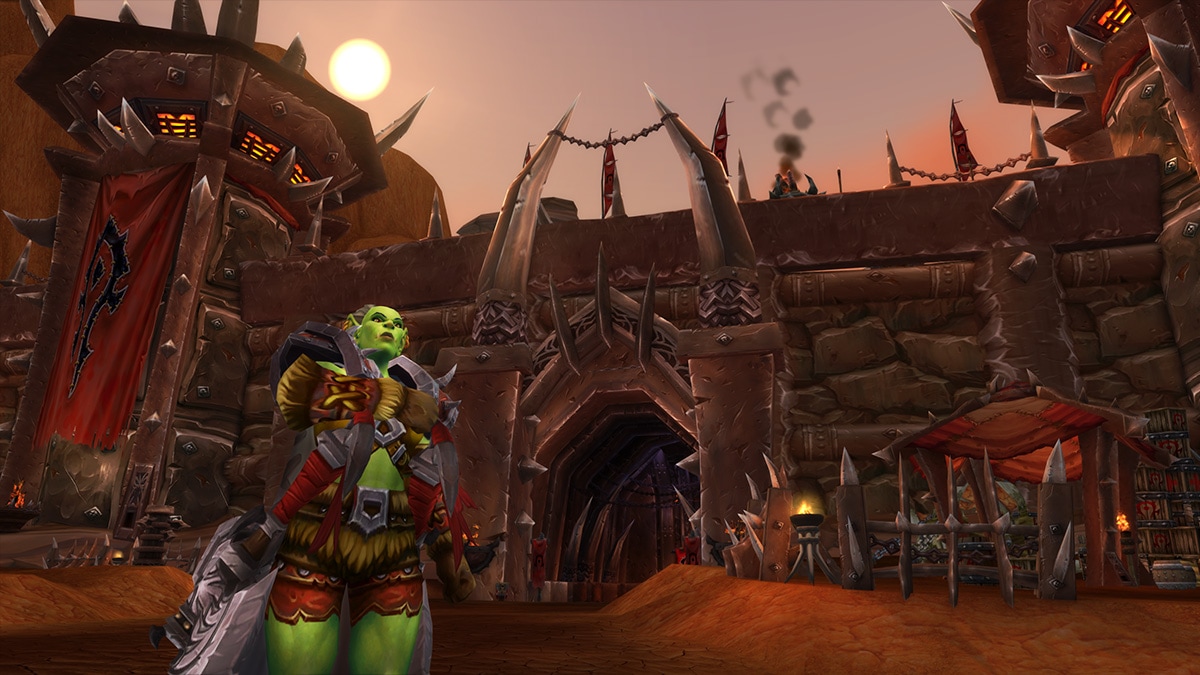

A similar situation applies to other recombination hotspots associated with specific sequences such as HIS4 in S. An expanded consensus of the M26 sequence has been used successfully to predict the localization of some DSBs, although not all regions harbouring the consensus generate DSBs and most genomic DSBs do not include it ( Steiner and Smith, 2005 Cromie et al, 2007). Further examples of DSBs regions ranging from a few hundred nucleotides up to over 2 kb have been reported by Steiner and Smith (2005) and by Cromie et al (2007). pombe span a 2.1-kb region containing four clusters of sites of enhanced breakage ( Cromie et al, 2005). For example, DSBs in the mbs1 locus in S. The size of DSB regions can be estimated by Southern hybridization of DNA samples at different times during meiosis and often extend along 1–2 kb and may include sites of preferential cleavage. Mbs1 was initially identified as a region of DSBs in chromosome I ( Cervantes et al, 2000 Young et al, 2002) and it adopts a constitutively open chromatin structure independent of Atf1/Pcr1 ( Hirota et al, 2007). M26 was identified as a G to T transversion in the coding region of the ade6 gene that generates a binding site for the Atf1/Pcr1 transcription factor, which is in turn required for the generation of DSBs and the meiosis-specific chromatin remodelling of that locus ( Ponticelli et al, 1988 Kon et al, 1998 Steiner et al, 2002 Yamada et al, 2004). pombe, M26 and mbs1 (meiosis break site 1) are recombination hotspots that have been characterized in detail through genetic and physical approaches. Recombination begins with the introduction of DNA double-strand breaks (DSB) at specific sites along the genome by the proteins encoded by the rec12 and the SPO11 genes in the yeasts Schizosaccharomyces pombe and Saccharomyces cerevisiae, respectively ( Keeney et al, 1997 Cervantes et al, 2000), the organisms whose genetics and the molecular biology of meiosis are best understood. This process facilitates chromosome segregation and generates genetic diversity between the resulting haploid gametes or spores. pombe reveals similarities and differences relative to Saccharomyces cerevisiae.ĭuring meiosis, the genome of a diploid cell undergoes replication, after which recombination takes place between homologous chromosomes. The organization of ORIs and of DSBs regions in S. Over 80% of all meiotic DSBs colocalize with NDRs that are also present during mitosis, indicating that the recombination pattern is largely dependent on constitutive properties of the genome and, to a lesser extent, on the transcriptional profile during meiosis. Physical relocation of NDRs at ectopic loci or modification of their genomic distribution during meiosis was paralleled by the generation of new DSB sites. By contrast, ORIs do not colocalize with NDRs and they are regulated independently of DSBs. We have found that meiotic double-strand break sites (DSBs) colocalize with nucleosome-depleted regions (NDRs) and that large IGRs include clusters of NDRs that overlap with almost half of all DSBs. To explore whether this preference depended on underlying chromatin features, we have generated genome-wide nucleosome profiles during mitosis and meiosis. In Schizosaccharomyces pombe, DNA replication origins (ORIs) and meiotic recombination hotspots lack consensus sequences and show a bias towards mapping to large intergenic regions (IGRs).


 0 kommentar(er)
0 kommentar(er)
